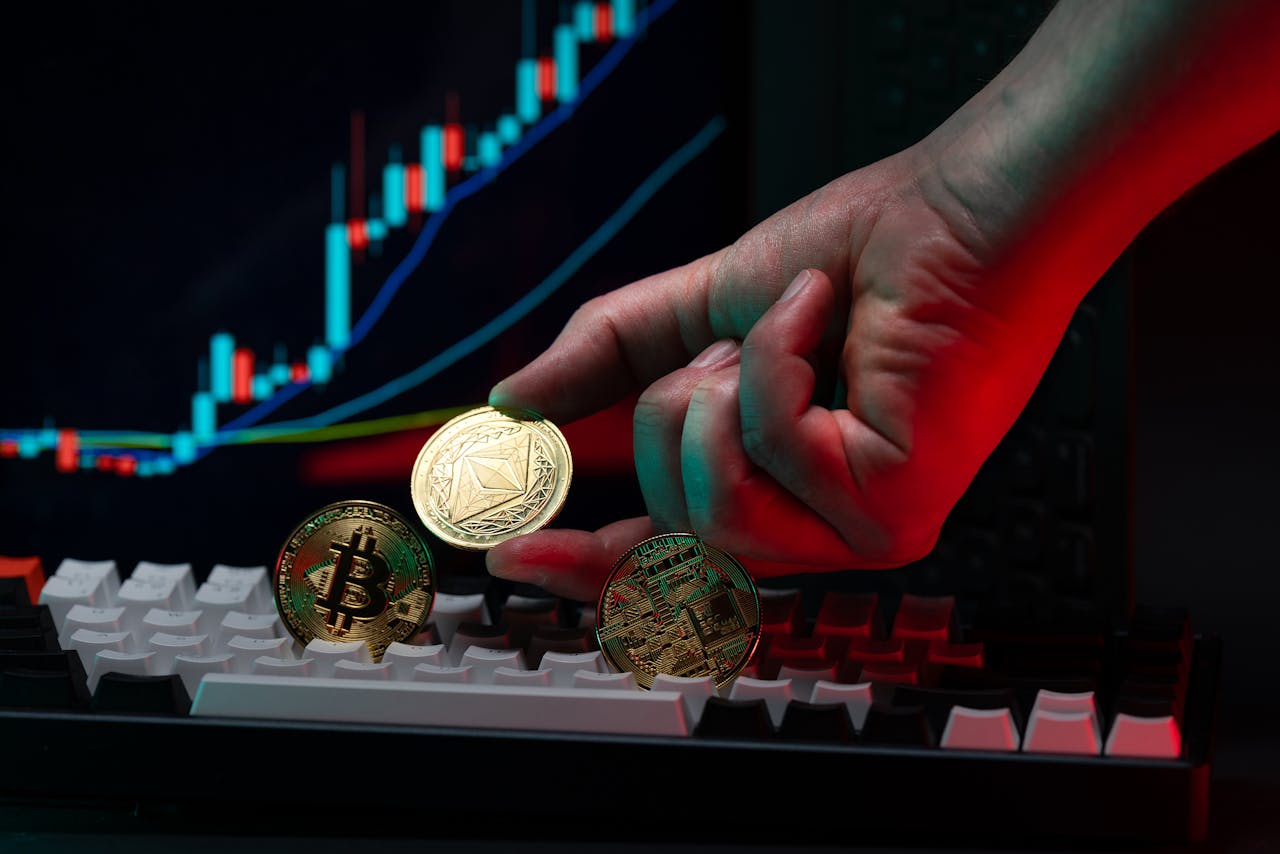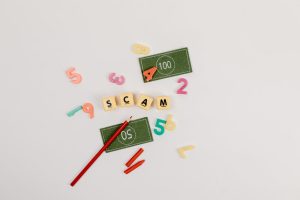In recent years, the attitude of mainstream financial markets toward crypto assets has fundamentally shifted. In June 2025, the U.S. Securities and Exchange Commission (SEC) officially approved multiple Ethereum spot ETFs to be publicly traded. This move isn’t just another financial experiment—it could mark a turning point for Ethereum’s full integration into traditional finance.
So, what exactly is a Ethereum spot ETF? What does it offer, who is it for, and what risks should you watch out for? Let’s unpack it all, step by step.
1. You’re Not Buying ETH—You’re Buying a Fund That Holds It
A Ethereum spot ETF doesn’t mean you’re buying ETH directly. Instead, an asset manager buys real ETH behind the scenes, packages it into a fund, and sells shares of that fund on regulated exchanges. You’re buying shares, not coins.
This is fundamentally different from buying ETH on Coinbase or Binance:
- ETFs are fully regulated financial products under SEC oversight
- You can’t withdraw ETH, but you can buy/sell shares like any stock
- Perfect for investors who don’t want to handle crypto themselves
2. Who’s Offering These ETFs?
Several major asset managers have received SEC approval to launch Ethereum spot ETFs, including BlackRock, Fidelity, ARK Invest, and Bitwise. As of June 2025, here are some key players and stats:
| Product Name | Asset Manager | Ticker | AUM | 2025 YTD Return |
|---|---|---|---|---|
| iShares Ethereum Trust | BlackRock | EETH | $7.1B | +29.8% |
| Fidelity Ethereum Fund | Fidelity | FETH | $4.6B | +28.3% |
| ARK 21Shares Ethereum ETF | ARK + 21Shares | ARKE | $3.3B | +31.1% |
| Bitwise Ethereum ETF | Bitwise | BETH | $2.0B | +26.5% |
These ETFs are traded on major U.S. exchanges like NYSE and Nasdaq, and can be accessed through traditional brokers like Fidelity, Charles Schwab, and Robinhood.
Best Brokerage in 2025: Robinhood vs. IBKR vs. Fidelity – Which One is Right for You?
3. What Problem Does It Solve?
For many retail investors, crypto investment has always been intimidating:
- Wallets, private keys, gas fees—hard to understand
- Risk of exchange hacks or rug pulls
- Tax confusion and compliance worries
ETFs solve all that in one go:
✅ No need to manage a wallet or keys
✅ Can be held in IRAs or 401(k)s
✅ Traded on trusted brokerage platforms
✅ Transparent, audited, SEC-compliant structure
4. How Do You Make Money from It?
Since ETH has a real-time market price, an ETF simply tracks that price via its underlying holdings. You benefit when ETH’s price goes up—the fund’s value rises accordingly.
But here’s the fine print:
- ETF price may slightly diverge from ETH (premium or discount)
- Annual management fees usually range from 0.25%–0.35%
- You can’t stake ETH, so you miss out on staking rewards
- No access to DeFi, NFTs, or ETH-based apps
In other words: you get passive gains from ETH appreciation, but not the interactive benefits of holding ETH directly.
5. Who Should Consider Investing?
Ethereum Spot ETFs are built for traditional money. If any of these apply to you, it might be worth considering:
- You want exposure to Ethereum but don’t want to deal with wallets
- You’re managing a retirement or trust account
- You require regulatory clarity or work in a compliance-heavy environment
- You’re crypto-curious, but still want the structure of a stock
But if you’re deep into staking, DeFi, or Web3, then ETFs may feel too limiting.
6. How Do Regulators View This?
The SEC has shifted from resistance to cautious acceptance. In late 2024, Grayscale’s court win forced the SEC to revisit its ETF denial logic. By spring 2025, the floodgates opened with BlackRock and Fidelity getting approval—seen by many as Wall Street’s official embrace of ETH.
Some global regulatory highlights:
- In the U.S., ETH is still considered a “non-security” but under scrutiny
- The EU, Canada, and Singapore approved ETH ETFs even earlier
- Hong Kong launched its first spot ETH ETFs in early 2025
7. Don’t Forget the Risks
Lowering entry barriers doesn’t eliminate market risk. In early 2025, ETH’s price moved from $2,400 to $3,100 within weeks, with daily swings above 8%.
Also, ETF shares can trade at a discount during volatile periods. Add to that management fees and trading costs, and long-term returns may lag behind holding ETH directly.
Lastly, regulation remains a wild card. What’s allowed today could change tomorrow.
Final Thought: A New Chapter for Ethereum
Ethereum Spot ETFs aren’t just a new product—they’re a sign of Ethereum entering the financial mainstream. The blockchain world is getting closer to Wall Street, one ETF at a time.
The only real question left: Are you ready to take a seat at the table?
FAQ
1. What’s the difference between a Ethereum spot ETF and buying ETH directly?
A Ethereum spot ETF gives you exposure to Ethereum’s price movements without actually owning the tokens. You buy shares in a regulated fund that holds ETH on your behalf. This avoids the need for wallets, private keys, or crypto exchanges.
2. Can I use an Ethereum ETF in my retirement account?
Yes. One of the biggest advantages of Ethereum spot ETFs is that they’re SEC-regulated financial products that can be held in IRAs, 401(k)s, and other tax-advantaged accounts—making crypto accessible to long-term investors.
3. Do I earn staking rewards through an ETH ETF?
No. Since you don’t own the actual ETH, you don’t receive staking yields. Most ETFs don’t stake their ETH holdings either, so you miss out on that passive income.
4. Are there any fees associated with Ethereum ETFs?
Yes. Most spot ETH ETFs charge an annual management fee, usually between 0.25% and 0.35%. In addition, you might also incur brokerage fees when buying or selling ETF shares.
5. Is it safer to buy an Ethereum ETF instead of using a crypto exchange?
For many investors, yes. Ethereum ETFs are traded on regulated U.S. stock exchanges and managed by licensed asset managers like BlackRock or Fidelity. This significantly reduces the risk of fraud or exchange hacks compared to unregulated crypto platforms.



